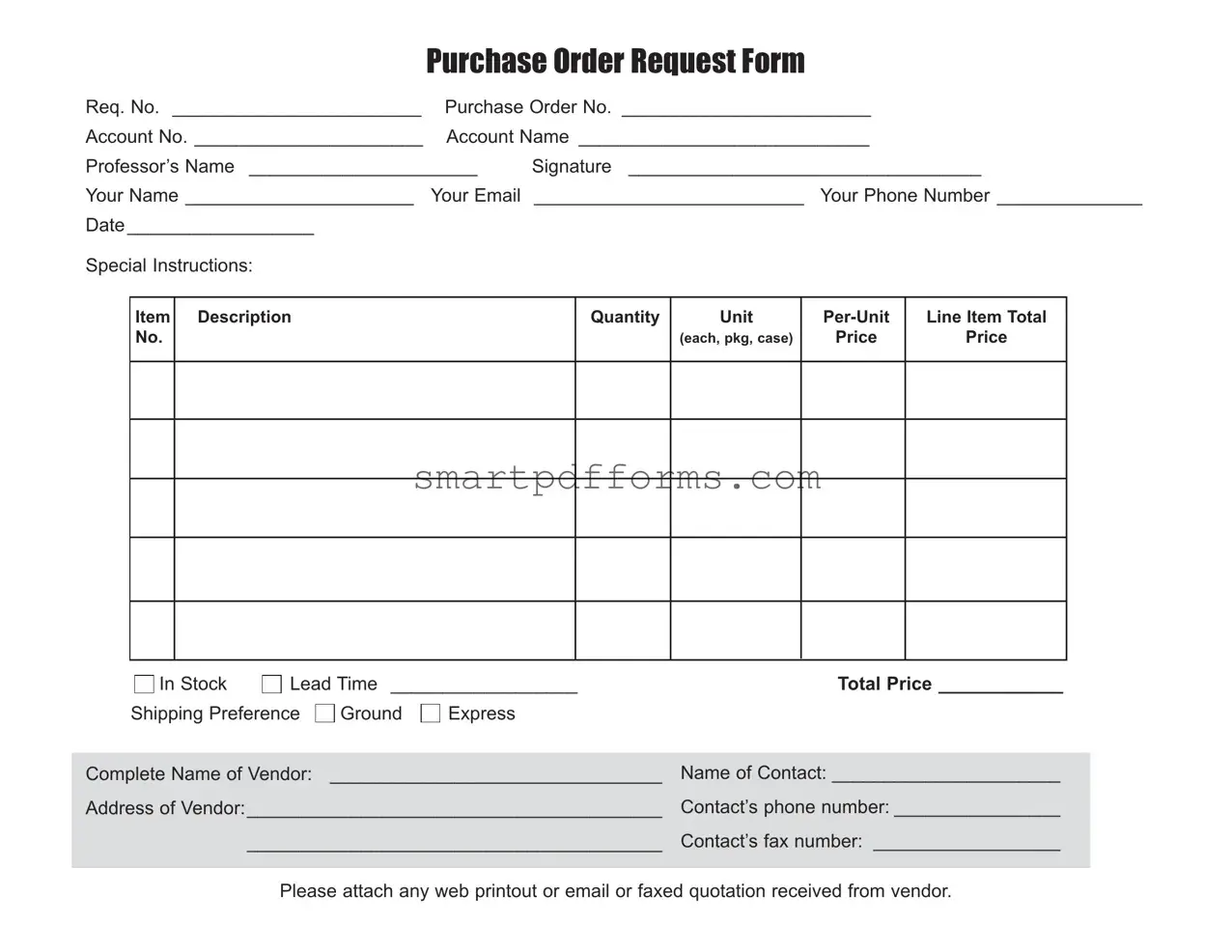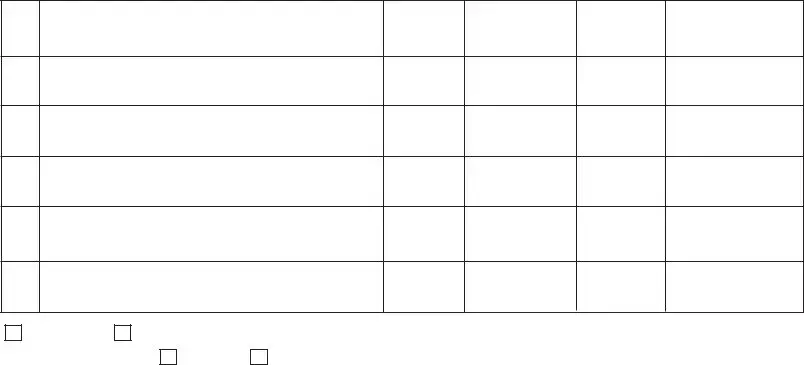Blank Purchase Request PDF Template
A Purchase Request form is a document utilized by organizations to formally request the procurement of goods or services. It serves as an initial step in the purchase approval process, ensuring that the request is evaluated for necessity and budget compliance before any financial commitment is made. For a streamlined process in securing needed resources, fill out the Purchase Request form by clicking the button below.
Make This Document Now

